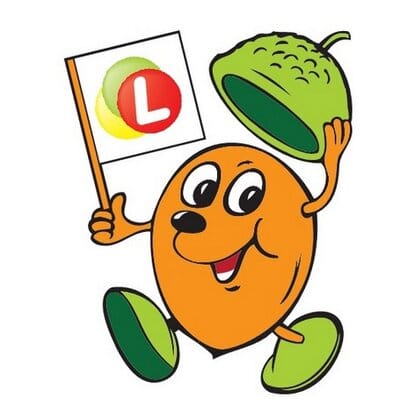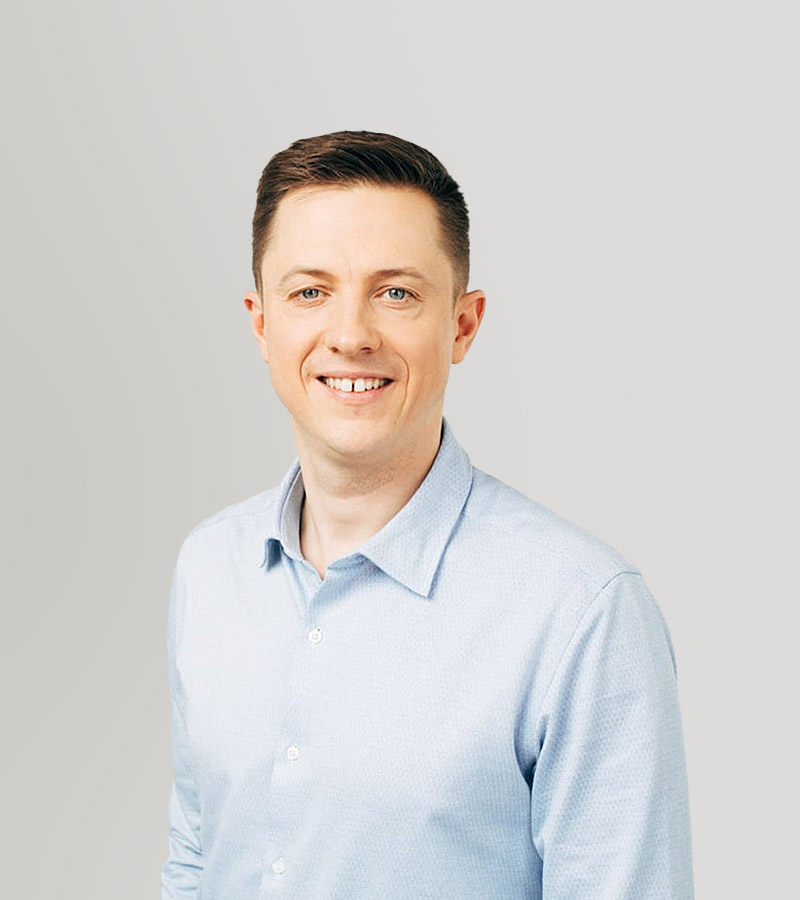SIA "Fixman" team has a very professional, responsive, solution-oriented attitude, and they work with a high sense of responsibility, professionally and confidently.



We provide service starting from initial idea and design phase till completed project with long term maintenance plan.
Our company philosophy is based on delivering best products that can be found on market. Safety is priority.
More than 15 years and close to 1000 completed various size projects around Baltics speaks for itself.
We believe that effective and positive communication with our customers and partners is key for a successful project.

We are a great and energetic family, whose eyes shine to create charming playgrounds and recreation areas and improve the urban environment.
Miks Lukstiņš, CEO
If you are interested in our products, have questions or don’t know where to start just contact us. We will be happy to help you.